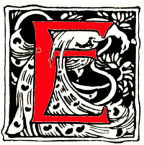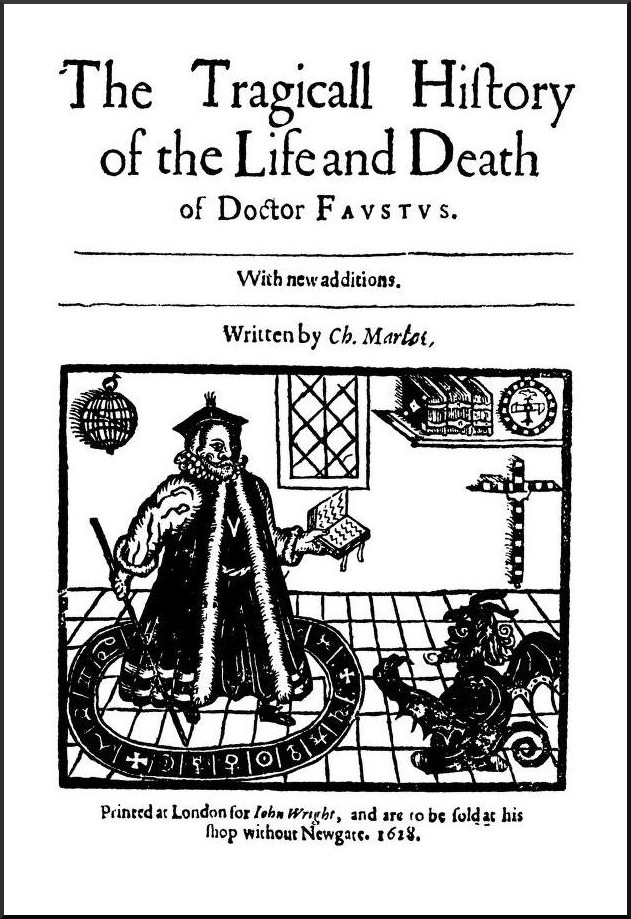"Our elder Shelley" — Swinburne on Christopher Marlowe

xhibited at the RA in 1862, Henry Wallis's The Death of Marlowe is now lost, and is known only through contemporary descriptions (see Lessons and Lanigan 111-12). It appears to have borne some resemblance to his earlier famous The Death of Chatterton: the body of the dead poet is shown sprawled on the floor in a darkened room while the two assassins are seen through the window making good their escape. It repeats Chatterton in another way since this was accompanied by two lines from Marlowe's Dr Faustus inscribed on the frame: "Cut is the branch that might have grown full straight./And burned is Apollo's laurel bough."
The true circumstances concerning Marlowe's death only became known in 1925 after Leslie Hotson's research in the Public Record Office. In the Victorian period, Wallis would only have had reports from the Elizabethan period, mostly hostile to Marlowe , on which to base his work. One of these was that Marlowe had died in a tavern brawl over the love of a serving wench. This seems to have influenced the radical poet R. H. Horne, a friend of the Merediths, in his one-act 1836 drama, The Death of Marlowe. In this, the fatal brawl is depicted as being over the love of a courtesan. In turn, this is likely to have influenced Wallis since Horne quotes the above two lines from Dr Faustus at the end of his play.

Title page of Dr Faustus, showing Faustus with the
devil, Mephistopheles (Boss, facing p. 202).
This portrayal, although somewhat tawdry, would have made Marlowe's image more acceptable for a Victorian audience given that one of the rumours that had circulated about him, of which Wallis would have been aware, was that he was a homosexual. Another accusation from that period was that Marlowe was an atheist, like Wallis himself . The same rumour circulated concerning Walter Raleigh, the subject of three Wallis pictures in the 1860s. In the Elizabethan era they were associated together in hostile reports as belonging to "The School of Atheism" (aka "The School of Night"), together with other humanist intellectuals.
This also linked Marlowe with Shelley, who was the archetype of the revolutionary, atheist poet who died young. As I have argued elsewhere ("Is Chatterton Shelley?") there were very strong links with Shelley in Wallis's own background especially via Mary Ellen Meredith and her father Thomas Love Peacock.
In summary, the picture seems to have been an attempt to repeat his earlier Chatterton. However it did not meet with the same critical or commercial success, since it was still with Wallis in 1873. This might suggest that Marlowe was still not a fully acceptable subject for the mid-Victorian public. It was only in the later nineteenth century that he came to achieve anything like his present high literary status.
Links to related material
Bibliography
Boas, Frederick S. Christopher Marlowe: A Biographical and Critical Study. Oxford: Clarendon, 1940.
Dabbs, Thomas. Reforming Marlowe: The Nineteenth century Canonisation of a Renaissance dramatist. Bucknell: Bucknell University Press, 1991.
Hickox, Michael. "Is Chatterton Shelley?" Review of The Pre-Raphahelite Society. XX11: 3 (Autumn 2014).
Johnson, Diane. The True History of the First Mrs Meredith and other Lesser Lives. London: Heinemann, 1973. [Review]
Lessens, Ronald and Dennis Lanigan. Henry Wallis: From Pre-Raphaelite Painter to Collector/Connoisseur. Woodbridge, Suffolk: ACC Art Books, 2019.
5 November 2021